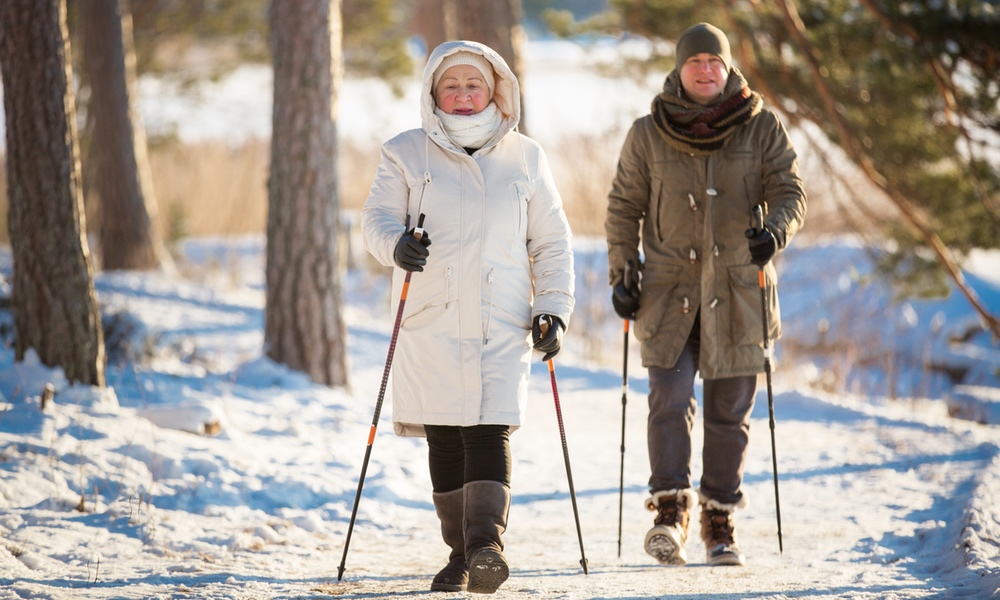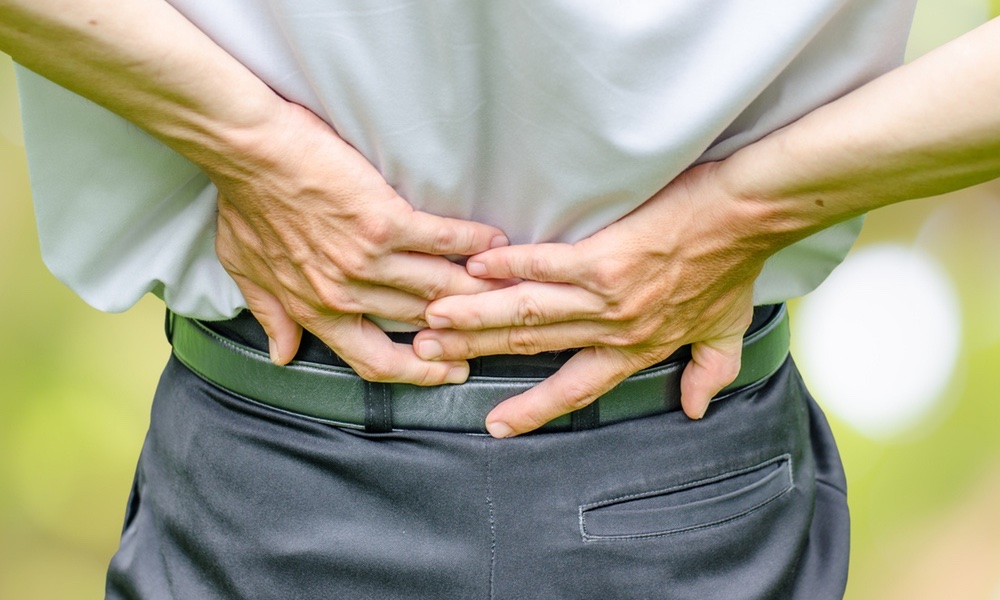When it comes to accessible, senior-friendly exercise, it's hard to beat walking. It's free and easy to make part of anyone's day.
Picking up your walking pace can give you a big health benefit, especially if you are an older adult: It can help guard against frailty and help you overcome it. All it takes, researchers at the University of Chicago Medical Center found, is boosting walking speed by 14 steps per minute.
The researchers reported that when seniors increased their walking speed, even a little, it led to real improvements in strength, mobility and, ultimately, independence.
Frailty affects roughly 7 to 12 percent of folks 65 and over. It's a condition marked by weight loss, slow gait, muscle weakness, exhaustion and low activity. These challenges make even simple routines such as carrying groceries, doing the laundry, even walking to the mailbox, difficult. They also threaten seniors' independence.“People who have experienced frailty can't imagine how big a difference it makes to be able to not get tired going to the grocery store or not need to sit down when they're out.”
The research was conducted with a secondary analysis of a randomized trial (2017-2022) across 14 retirement communities near Chicago. It enrolled 102 pre-frail and frail adults aged 60 and above. The participants were randomly divided into two groups. One group did Casual Speed Walking (CSW) and the second did High Intensity Walking (HIW).
Participants all wore a thigh-mounted accelerometer that tracked the number of steps they took per minute during their 30- to 40-minute walks. This was their “walking cadence.”
The researchers created a smartphone app to accompany the study to measure cadence accurately. It was designed to be “easy for older adults to use without additional equipment,” and a simple way of tracking their walking speed without difficult instructions, explained lead author Daniel S. Rubin, MD, associate professor of anesthesia and critical care at the University of Chicago Medical Center.
“People who have experienced frailty can't imagine how big a difference it makes to not get tired going to the grocery store or not need to sit down when they're out,” Rubin added.
There were three phases. Phase 1 consisted of three sessions with 45 minutes of casual self-selected pace walking. For Phase 2, sessions consisted of 40 minutes of walking with 2.5 minutes of tapping or stepping up a stair at the beginning and end of the session which were included to simulate walking tasks encountered in the home and community.
During Phase 2 HIW participants were encouraged to increase their intensity to reach 70 percent of heart rate maximum by session 12. Heart rates were measured a continuous heart rate monitor on the wrist to ensure each participant was walking within their individually calculated heart rate intensity. The CSW participants walked, and stair tapped or stepped at their own comfortable pace.
For Phase 3, both groups performed a 10-minute warmup followed by 5-minute increments of walking, stair tapping or stepping, walking with weights, and walking in variable directions. The HIW participants were instructed to walk or step “as fast as they safely could.” The CSW were instructed to walk in a “relaxed and comfortable pace.”
Key findings of the study include:Walking faster by several steps per minute is doable, scalable and doesn't require special equipment.
- The high intensity walking group averaged about 100 steps/min (range 88-111 steps) while the casual group averaged around 77 steps/min (range 65-86).
- An increase of 14 steps/min raised the odds of achieving clinically meaningful improvement in a 6-minute walk test by 10 percent.
- Those who sped up regained substantial functional capacity — even with the study's relatively short 4-month intervention.
Frailty is a growing concern among seniors, and this study offers a practical, low-cost approach to working towards prevention. Walking faster by several steps per minute is doable, scalable and doesn't require special equipment.
Want to speed up your walking? Here are some tips:
- Use a metronome app or your phone's “rhythmic” auditory cueing to set your pace. Add extra steps per minute once your baseline pace feels smooth.
- Walk tall, swing your arms, keep shoulders relaxed. Better posture helps you move faster and maintain balance.
- Breathe through your nose, exhale through the mouth. This technique promotes steadier breathing and sustains the pace.
- Change your effort. If you're speaking in full sentences while you're walking, you're in a good moderate range — aim for just above that.
- Track your progress to stay motivated by using a phone app or a simple pedometer to log steps per minute and see your improvement over time.
The findings offer a powerful yet accessible prescription: increase your walking pace by just a handful of steps per minute, and you may see big improvements in your physical function. Boosting your pace will likely lead you into a world of difference.
The study is published in PLOS One.





